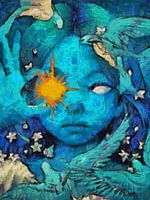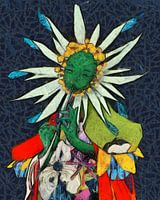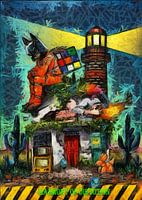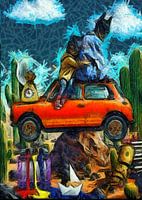Buy this Popart artwork harmony of distortion by MasAtar El-Jinan on canvas, ArtFrame, poster and wallpaper, printed on demand in high quality.
About "harmony of distortion"
by MasAtar El-Jinan
About the artwork
An exploration that reveals the paradox of justice appears not as a perpendicular marble tower, but as a rotating lighthouse, as if unsure of which direction to turn its light. It exists not as an answer, but as a question constantly plastered on the walls of human consciousness. Every flash of light is a promise, yet simultaneously a delay. As if the light is only enough to show the way, but never guarantees our arrival at the destination.
The masked figure sitting atop the dilapidated house is a relic of absurdity. He is a guardian who never truly guards, a hero who bears the burden of a puzzle with no promise of a solution. The Rubik's cube behind him is a symbol of the existence of a life never solved, only able to be turned in memory, hoping to find a realized harmony.
Below the small house, the red door symbolizes the fragile, moss-covered human body, threatened by flames, yet standing still. The red door represents the choice to enter, accepting absurdity, or closing oneself within an existence full of irony.
The paradox of justice here is that it always lives in distortion. Justice aspires to be universal, but exists only in fragments. It seeks to embrace all, but often excludes some. Yet it is precisely in its imperfection that justice finds its most human form—not as a frozen concept, but as a never-ending struggle.

About MasAtar El-Jinan
 Germany
Germany Ordered in November 2020
Ordered in November 2020
 Germany
Germany Ordered in March 2019
Ordered in March 2019
 Germany
Germany Ordered in October 2019
Ordered in October 2019
 Netherlands
Netherlands Ordered in February 2019
Ordered in February 2019
 Netherlands
Netherlands Ordered in March 2022
Ordered in March 2022
 Netherlands
Netherlands Ordered in April 2024
Ordered in April 2024
 Germany
Germany Ordered in March 2021
Ordered in March 2021
 Netherlands
Netherlands Ordered in December 2024
Ordered in December 2024
 Germany
Germany Ordered in November 2021
Ordered in November 2021
 Germany
Germany Ordered in March 2025
Ordered in March 2025
 Germany
Germany Ordered in April 2021
Ordered in April 2021
 Germany
Germany Ordered in December 2019
Ordered in December 2019
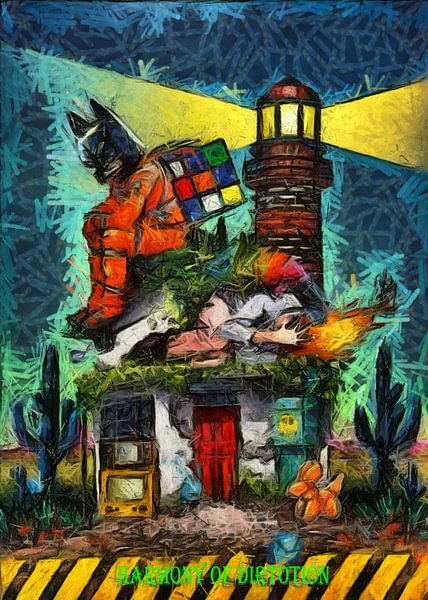

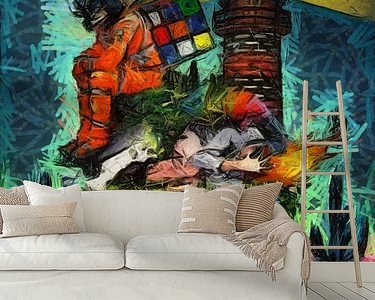
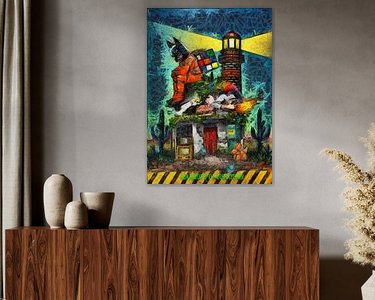


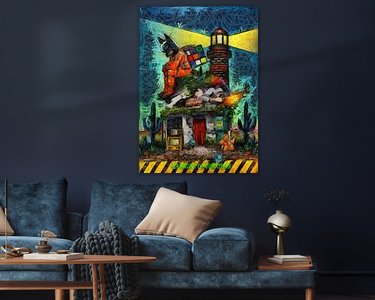


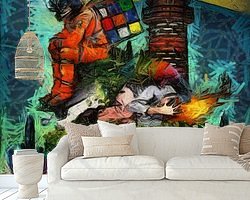
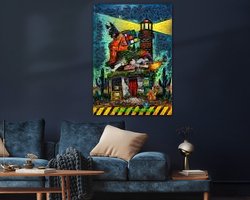
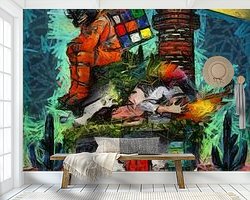

 Mysterious Spheres
Mysterious Spheres Pop art
Pop art Powerful Expression
Powerful Expression Surrealism
Surrealism









